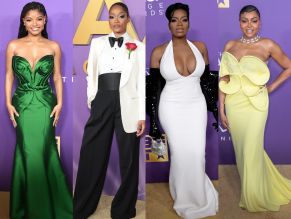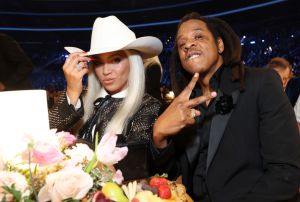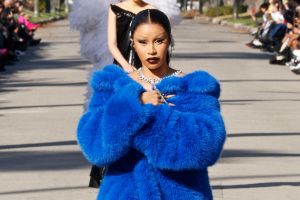Think race doesn’t matter? When it comes to gun violence it definitely does.
A recent NYTimes article titled “Who Pays For The Right To Bear Arms?” addresses the lack of gun control in the U.S. and questions whether perhaps the laws have been so lax all along because the people who have been hurt most by gun violence are black:
The right to bear arms typically invokes the romantic image of a cowboy toting a rifle on the plains. In modern-day America, though, the more realistic picture is that of a young black man gunned down in his prime in a dark alley. When we celebrate gun rights, we all too often ignore their disproportionate racial burdens. Any effort to address gun violence must focus on the inner city.
Last year Chicago had some 500 homicides, 87 percent of them gun-related. In the city’s public schools, 319 students were shot in the 2011-12 school year, 24 of them fatally. African-Americans are 33 percent of the Chicago population, but about 70 percent of the murder victims.
The same is true in other cities. In 2011, 80 percent of the 324 people killed in Philadelphia were killed by guns, and three-quarters of the victims were black.
Racial disparities in gun violence far outstrip those in almost any other area of life. Black unemployment is double that for whites, as is black infant mortality. But young black men die of gun homicide at a rate eight times that of young white men. Could it be that the laxity of the nation’s gun laws is tolerated because its deadly costs are borne by the segregated black and Latino populations of North Philadelphia and Chicago’s South Side?
The essay also takes a look at the history of gun control, citing how the Black Panther presence provoked Reagan to change laws in California:
In the 1960s, Huey P. Newton and the Black Panther Party made the gun a central symbol of black power, claiming that “the gun is the only thing that will free us.” On May 2, 1967, taking advantage of California’s lax gun laws, several Panthers marched through the State Capitol in Sacramento carrying raised and loaded weapons, generating widespread news coverage.
The police could do nothing, as the Panthers broke no laws. But three months later, Gov. Ronald Reagan signed into law one of the strictest gun control laws in the country…
A cynic might propose resurrecting the Black Panthers to heighten white anxiety as the swiftest route to breaking the logjam on gun reform. I hope we are better than that. If the nation were to view the everyday tragedies that befall young black and Latino men in the inner cities with the same sympathy that it has shown for the Newtown victims, there would be a groundswell of support not just for gun law reform, but for much broader measures.
If we are to reduce the inequitable costs of gun rights, it’s not enough to tighten licensing requirements, expand background checks to private gun sales or ban assault weapons. In addition to such national measures, meaningful reform must include initiatives directed to where gun violence is worst: the inner cities. Aggressive interventions by police and social workers focused on gang gun violence, coupled with economic investment, better schools and more after-school and job training programs, are all necessary if we are to reduce the violence that gun rights entail.
To tweak the National Rifle Association’s refrain, “guns don’t kill people; indifference to poverty kills people.” We can’t in good conscience keep making young black men pay the cost of our right to bear arms.
There are several excellent points that were made here. In the weeks since the Newtown massacre we’ve heard a number of people remark that it’s not the time or place to point out the fact that dozens of black people die in the inner cities of America on any given day. Why has America not found their lives worth mourning in the same way? Because they aren’t white first graders?
Just sayin’.








Comments
Bossip Comment Policy
Please read our Comment Policy before commenting.